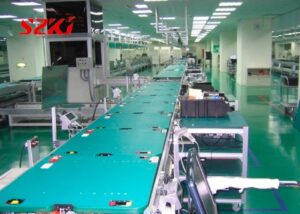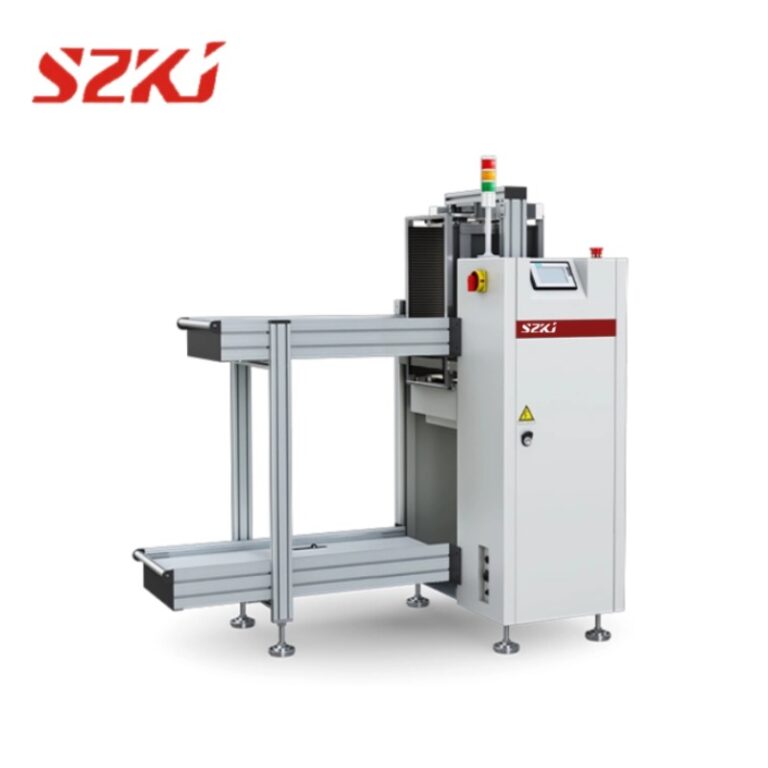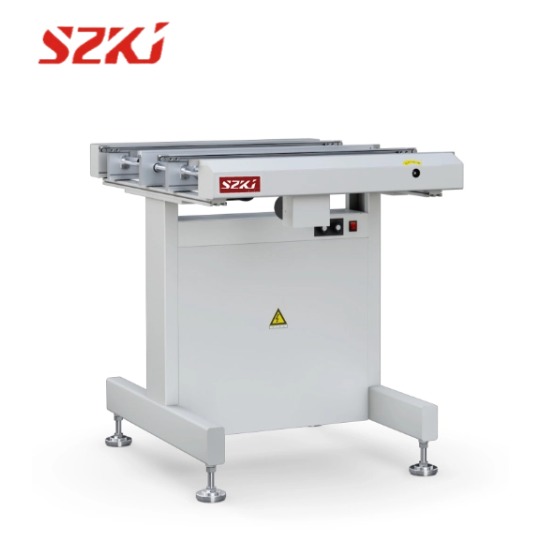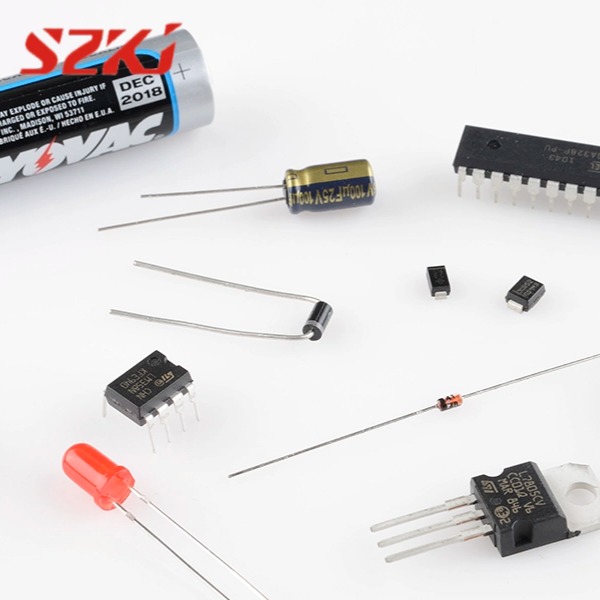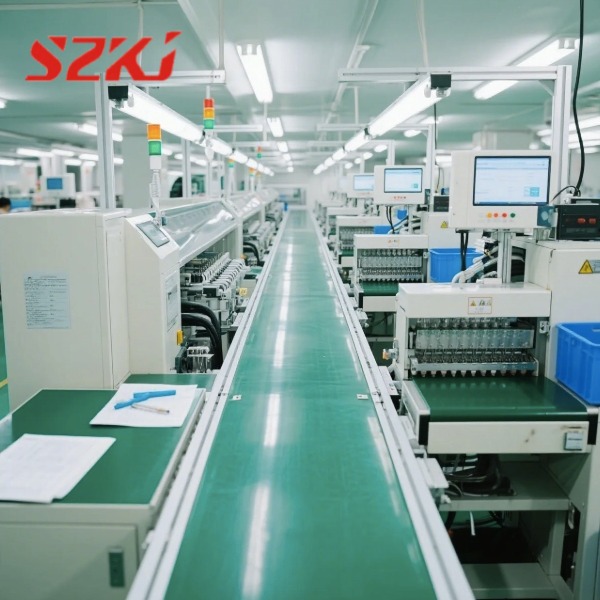Table of Contents
ToggleAssembly line conveyors improve efficiency and reduce costs. Belt, roller, and chain conveyors each have unique advantages, helping manufacturers optimize workflows, reduce downtime, and boost productivity.
An assembly line conveyor is a key element in manufacturing, designed to move materials and products efficiently from one stage to the next. By reducing manual handling and speeding up workflows, these systems help manufacturers save time, lower costs, and maintain consistent quality. Understanding the main types of assembly line conveyors—belt, roller, and chain—can help businesses select the best solution for their operations.
Belt Conveyors: Versatile and Cost-Effective
Belt conveyors are the most widely used type of assembly line conveyor. They feature a continuous looped belt that carries items smoothly along a set path, whether straight or inclined.
Why Choose Belt Conveyors?
Belt conveyors stand out for their adaptability. They handle products of various sizes and shapes, making them ideal for industries like electronics, food processing, and textiles. Their design supports:
- Fragile or irregularly shaped products: The belt’s even surface prevents damage during transport.
- Long-distance transportation: They can efficiently move materials across expansive production areas.
- Adjustable speeds: Allowing fine-tuning for different processes and improving workflow precision.
For example, in a factory producing consumer electronics, a belt conveyor ensures delicate components remain stable while moving between assembly stations.
Things to Keep in Mind
While they are versatile, belt conveyors have limitations:
⚠️ Less suitable for very heavy loads without added support.
⚠️ Require routine maintenance as belts wear over time and need replacement to avoid downtime.
Roller Conveyors: Perfect for Heavy Loads
Roller conveyors are a reliable choice for transporting items with flat bottoms, like cartons, pallets, and heavy boxes. They use a series of rollers to move items and come in two primary types: powered and gravity-powered.
Powered vs Gravity Roller Conveyors
🔋 Powered rollers use motors to move heavier items or maintain a controlled pace along the line.
🪂 Gravity rollers rely on slope and gravity, making them simple and cost-effective for shorter, low-volume tasks.
Advantages of Roller Conveyors
Roller systems shine in environments where durability and heavy load capacity are essential. They offer:
- High weight tolerance: Suitable for bulkier, heavier products.
- Lower maintenance needs: Compared to belt systems, rollers are more rugged.
- Cost efficiency for basic transport tasks: Especially gravity versions, which require no power source.
This makes roller conveyors popular in warehouses and logistics centers where pallets and crates dominate.
Limitations
However, they’re not without drawbacks:
⚠️ Gravity rollers work only on inclines and at slower speeds.
⚠️ Powered rollers require electricity and higher upfront investment.
Chain Conveyors: Built for the Toughest Jobs
Chain conveyors are engineered for moving oversized or extremely heavy items that would overwhelm other conveyor types. They use linked metal chains to pull items through production stages, making them essential in industries like automotive and heavy machinery.
Best Uses for Chain Conveyors
🏗️ Transporting car parts, engines, or industrial equipment.
🌡️ Operating in hot or harsh conditions where other systems might fail.
🔩 Managing loads too bulky or heavy for belts and rollers.
Strengths
Chain conveyors are designed for:
- Exceptional durability: Withstanding demanding conditions and long operating hours.
- High load capacity: Perfect for transporting multi-ton machinery components.
- Adaptability to harsh environments: Resistant to heat, chemicals, and abrasive materials.
Challenges
They do come with trade-offs:
⚠️ Higher costs to install and maintain.
⚠️ Chains may require periodic lubrication and adjustment to avoid wear or slack.
Comparing the Conveyor Types
Choosing the right assembly line conveyor requires understanding how each type performs in different scenarios.
Belt vs Roller Conveyors
Belt conveyors are ideal for transporting small, lightweight, or fragile items along a continuous surface, making them a favorite in industries like packaging or electronics. Their flexibility suits lines requiring gentle handling or smooth transitions between processes.
In contrast, roller conveyors excel with heavy-duty tasks, especially when moving flat-bottomed loads like pallets. Powered rollers handle large-scale, fast-paced operations, while gravity rollers are a simple, low-cost solution for shorter runs.
Chain vs Belt Conveyors
Chain conveyors dominate in settings where strength is non-negotiable. Heavy automotive parts, mining materials, and large industrial machines are no match for their robust design. While belt conveyors are more flexible and lighter, they can’t match the heavy load and extreme condition resilience of chain systems.
When to Choose Each Type
- Belt conveyors: Best for light to medium loads and varied product shapes.
- Roller conveyors: Ideal for heavier, flat-based products.
- Chain conveyors: The go-to choice for ultra-heavy, large, or high-temperature applications.
Why the Right Conveyor Makes a Difference
A well-chosen assembly line conveyor can boost efficiency by 30–50%, minimize human error, and reduce production costs. Whether you’re upgrading a small workshop or outfitting a massive factory, selecting the correct system is key to smooth, productive operations.
By understanding the features, strengths, and limitations of belt, roller, and chain conveyors, businesses can make informed decisions that enhance their workflows and keep production moving without unnecessary delays.
At SMTManufacturing, we don’t just offer standard solutions—we specialize in non-standard customization for assembly line conveyors. Whether you need unique dimensions, tailored materials, or integrated automation features, our team can design and build systems to fit your exact requirements. Explore our Non-Standard Customization services to see how we can support your production line with precision-engineered solutions.
